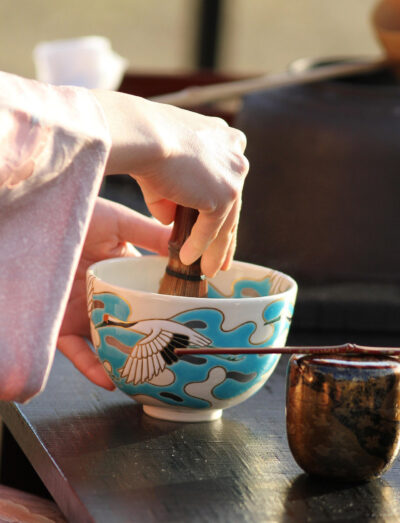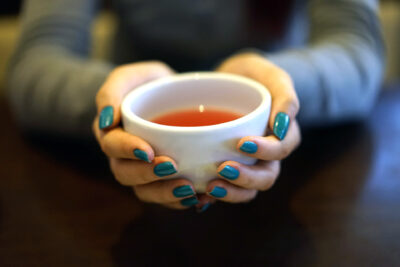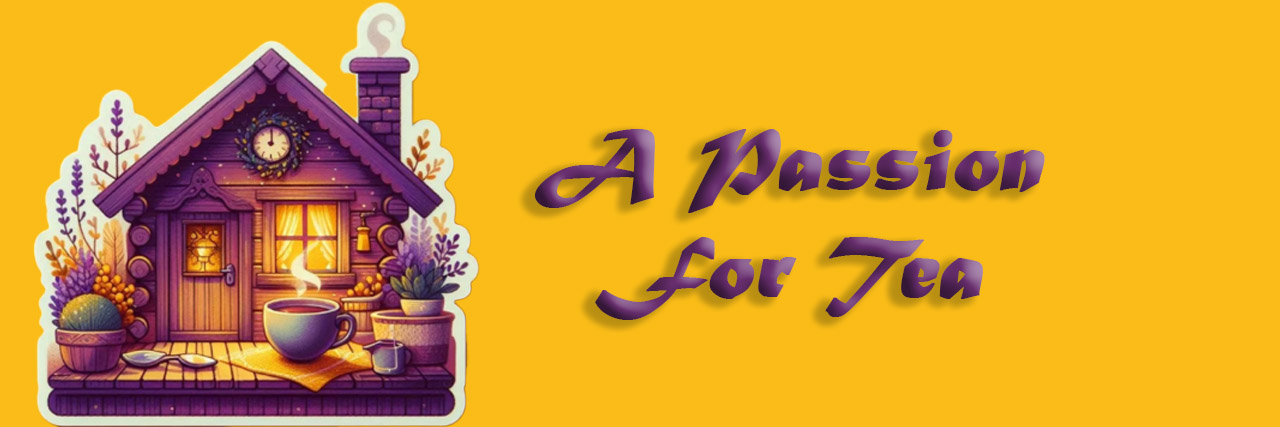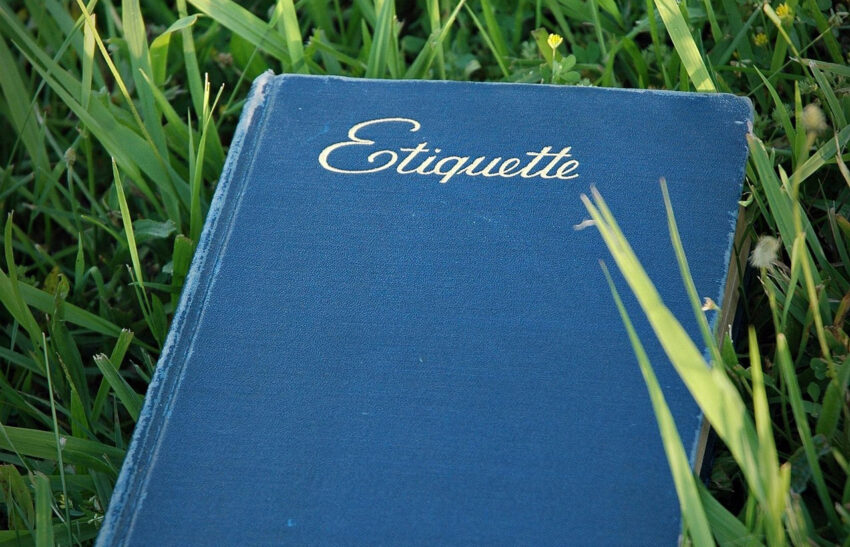Tea has been a staple in many cultures for centuries, with each country bringing its own unique customs and traditions. Whether it’s the elaborate Japanese tea ceremonies or the elegant British afternoon tea, these rituals have a rich history that’s fascinating to explore.
Let’s take a trip back in time. In ancient China, tea was originally a medicinal drink. Over the years, it evolved into a social practice, with its own set of rules and courtesies. The slow, mindful process of preparing and sharing tea became a way to cultivate tranquility and respect.
Meanwhile, tea made its way to England in the 17th century, becoming all the rage among the aristocracy. The afternoon tea tradition we see today, with its scones and finger sandwiches, was actually a later invention by Anna, the Duchess of Bedford, who needed a little something to tide her over between meals.
In Japan, tea ceremonies are all about way more than just tea. They’re a spiritual experience, where every movement is deliberate, and every gesture speaks volumes. It’s all about finding peace and harmony, respecting the seasons, and connecting with others through the shared experience of tea.
 These diverse traditions have all contributed to the modern-day tea etiquette we know and love. By understanding their origins, you’ll not only appreciate the tea in your cup but also the centuries of history that brought it there. And who wouldn’t want to sip a warm, flavorful cup with a little more style and grace?
These diverse traditions have all contributed to the modern-day tea etiquette we know and love. By understanding their origins, you’ll not only appreciate the tea in your cup but also the centuries of history that brought it there. And who wouldn’t want to sip a warm, flavorful cup with a little more style and grace?
Essential Tools for the Perfect Tea Experience
The right teaware can elevate your tea experience significantly, blending function with tradition. A well-chosen teapot or cup isn’t just about aesthetics; it’s about enhancing the flavors and aromas of your brew and respecting the rituals that come with tea preparation.
When selecting a teapot, consider the type of tea you love drinking. Porcelain is fantastic for lighter teas like white and green and helps to maintain the tea’s delicate flavors. For your robust black teas, a stoneware pot might be just perfect, offering excellent heat retention and a cozy feel.
It’s not just about the pot, though. Your choice of tea cup matters. Thin-lipped cups allow you to taste the tea more fully, giving the liquid a chance to hit different parts of your palate.
Taking good care of your teaware is crucial. A good cleaning routine means a lot more than just hygiene; it’s about preserving the materials and ensuring every cup of tea is as fresh as the first. You should always hand wash delicate porcelain pieces to avoid cracks and discoloration, and regularly descale your kettle to prevent mineral build-up.
Beyond the basics, some tea enthusiasts might choose to dive into more specialized tools like tea strainers, thermometers, and timers, each offering a unique way to tweak the tea-making process to perfection. With the right tools, your tea sessions can become your own little rituals of comfort and enjoyment, steeped in history and personal style.
The Five Golden Rules of Tea EtiquetteMastering tea etiquette isn’t just about rules; it’s about showing respect for the traditions that turn a simple drink into an art form.Handling your teapot gracefully is a good start. Begin by holding the lid with one hand as you pour, preventing it from falling off. Nothing kills a vibe like broken pottery.
Once the tea is in the cup, remember that the spoon is your friend, not your foe. Stir quietly, softly moving the spoon back and forth without tapping it on the rim. It’s a tiny detail but one that speaks volumes in a refined tea setting.
Then there’s how you hold the cup. Grab it by the handle, of course, and avoid sticking your pinky out. While it might seem like a fancy gesture from yesteryear, it’s a bit passé in today’s world of practical elegance.
When it comes to conversation around the tea table, a sprinkle of tea-related expressions will set the scene. “Would you care for a refill?” or “This blend is lovely” can get the conversation flowing and make everyone feel welcome.
Cultural variations are where tea etiquette really shines, highlighting the diversity of tea traditions around the world. While it’s okay to slurp your tea in some cultures, others might frown upon it. So, tune into the nuances and learn to adapt your approach, showing your respect and appreciation for the customs you’re experiencing.
Mastering the Art of Tea Tasting
Choosing the right tea for the right instant can turn any gathering into a uniquely special occasion. Whether it’s an earthy green or a bold black, the tea you choose can set the tone and mood and match the ambiance you’re aiming for.
 The tea itself speaks to your senses—its aroma, taste, and color. Start by smelling the tea leaves just before brewing. This simple act can awaken your senses and prepare your palate. Then, let the color of the brew guide you; a brilliant, clear hue often hints at a well-executed infusion.
The tea itself speaks to your senses—its aroma, taste, and color. Start by smelling the tea leaves just before brewing. This simple act can awaken your senses and prepare your palate. Then, let the color of the brew guide you; a brilliant, clear hue often hints at a well-executed infusion.- Pairing teas with just the right snacks will make all the difference in your guests experience. Think about the harmony of flavors and textures: a smoky Lapsang Souchong might be great with a nutty cheese, while a soft Darjeeling pairs beautifully with a light sponge cake. It’s all about complementing, not overwhelming, allowing each bite and sip to dance together.
- But savoring tea isn’t just about drinking; it’s about taking the time to appreciate, a mindful sip that grounds you in the present. Let should let the taste linger, noticing the layers of flavor, and enjoy the warmth spreading through your fingers as you cradle the cup.
Through these practices, drinking tea becomes more than just a common drink; it transforms the practice into a personal ritual of reflection and enjoyment, a chance to slow down and connect with each moment deeply.
Hosting the Perfect Afternoon Tea
Planning an afternoon tea party involves a bit of finesse, but with the right approach, it becomes a delightful experience for everyone involved. The first thing to decide is whether you’re aiming for a formal affair or something more casual and laid-back. This decision sets the entire tone, from the table setting to the choice of tea and treats.
Once you’ve set the vibe, crafting a delicious menu is next. Classic options like scones with clotted cream, dainty sandwiches, and delicate pastries can make your table spread attractive and irresistible. Don’t forget a variety of teas to cater to different preferences, offering a range from black teas to herbal infusions will give guests plenty of choice.
Seating is crucial. Ensure everyone’s comfortable and can easily engage in conversation. Tea time is about the social experience as much as the culinary one. Name cards or a simple seating plan can add an extra touch of elegance to the occasion.
Adding activities or games can inject some fun into your gathering. Consider including a tea tasting session or a light game of trivia about tea. These activities can break the ice and make your event more memorable.
Paying attention to conversational etiquette helps keep the atmosphere warm and inviting. You should encourage a flow of pleasant chatter, avoiding controversial topics, and remember the tea table is a place for relaxation and joy. With all these elements combined, you’re on your way to hosting an afternoon tea that’s remembered long after the last drop is sipped.
Avoiding Common Tea Etiquette Mistakes
Tea etiquette might seem daunting at first, but fear not; most common mishaps are easily avoided with a bit of know-how. One myth that needs debunking is the idea that there’s only one right way to enjoy tea. The truth is that while certain traditions guide etiquette, there’s flexibility, especially when it comes to personal preferences.
NOTE: Check out my Tea Etiquette Resource page in Under Resource Lists
Some Tips
Unintentional errors like over-stirring your tea can distract from the serenity of the experience. Instead, keep it gentle and composed. Likewise, slurping might be considered polite in some contexts, but not every tea occasion appreciates it – sve your slurping for when you are by yourself. Reading the room often gives you a sense of what’s appropriate.
When it comes to refilling a cup or teapot, you can take cues from those around you. It’s generally courteous to offer refills to others before topping up your own cup, showcasing a spirit of community and sharing.
If you’re new to the world of tea, starting simple can boost your confidence. Focus first on enjoying the tea itself and growing accustomed to its rich flavors and calming qualities. Over time, the nuances of etiquette will start to feel natural rather than forced.
Tea etiquette isn’t about rigid rules; it’s about creating a comfortable, respectful atmosphere that puts your guest at ease and enhances joy in their experience. Embrace the moment and approach it with an open mind. Modern tea culture allows for plenty of personal taste and expression, so allow yourself some creativity while sipping away any worries.
NOTE: You might want to check out my Resource Page for more on Tea Etiquette.
Cross-Cultural Perspectives on Tea Etiquette
Different cultures have unique ways of approaching tea, each with its own beauty and significance. Understanding these perspectives not only broadens your tea knowledge but deepens your appreciation for this worldwide tradition.
In Japan, the tea ceremony, or ‘sado’, revolves around wabi-sabi, a philosophy that finds beauty in imperfection and transience. Every aspect of the ceremony, from utensils to gestures, is thoughtfully curated, emphasizing respect and mindfulness.
The British have their own refined tea customs, especially around their beloved afternoon tea. It showcases a quintessentially British elegance, with finger sandwiches, scones, and an array of pastries, all conducted with a knack for hospitality and grace.
China, often regarded as the birthplace of tea, offers countless tea-related traditions. Here, tea isn’t merely about drinking; it embodies harmony, respect, purity, and tranquility. The Gongfu tea ceremony is particularly intricate, where tea preparation itself becomes a contemplative practice.
And then there’s a multitude of lesser-known tea customs, like Morocco’s refreshing mint tea, poured from a height to create bubbles, or India’s vibrant chai culture, uniting bustling street corners over spicy, warm brews.
Exploring global tea etiquette helps connect you with a tapestry of human experiences, each sip communicating a story. So, dig in and explore these cultural treasures; tea is a universal language with hospitality at its heart.
Affiliate Links
This page may contain affiliate links, which, if clicked on will take you an item, its information and images of it. If you choose to purchase the item, I receive a small commission -Shirley
Comments
I truly enjoy getting questions and comments from my site visitors, please leave yours below. -Shirley


Comments